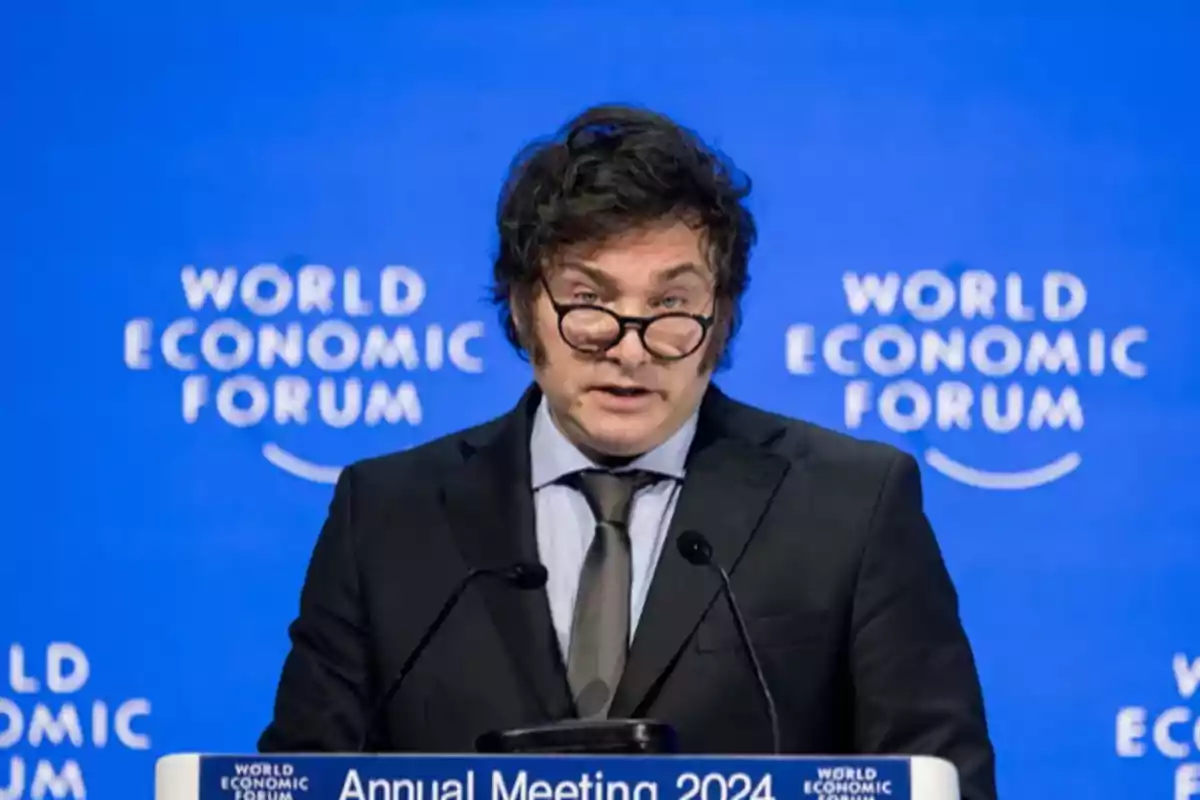
Aerolineas Argentinas won't request state funds for the first time since its nationalization
Thanks to Milei's Government reforms, the state company eliminated its deficit and no longer needs assistance
Thanks to the reforms carried out by the Government of Javier Milei, Aerolíneas Argentinas reported that it will not require funds from the National Treasury to operate during 2025, which would mark the first time this has happened since its re-nationalization in 2008. The official notification was sent to the Ministry of Economy by the flag carrier airline.
In 2024, the company had requested around 60 million dollars to finance two voluntary retirement programs, implemented with the aim of reducing its workforce as part of a adjustment plan that would pave the way for a future privatization. The balance sheet also included another 40 million dollars transferred, although the company clarifies that this amount was managed in 2023, under the previous administration.
Since its nationalization until 2023, the national government transferred approximately 8 billion dollars to Aerolíneas, mostly aimed at covering the operating deficit measured in terms of EBIT (earnings before interest and taxes), the central parameter used by the aviation sector to measure an airline's economic performance.

Over the last 16 years, Aerolíneas Argentinas accumulated an average annual deficit of 400 million dollars, which had to be covered by transfers from the National Treasury.
However, in 2024, with the arrival of the Government of Javier Milei, the situation took a significant turn: the company achieved an operating surplus of USD 20.2 million and a positive economic result of $156,324 million (equivalent to more than 150 million dollars). These numbers are being audited by the international consulting firm KPMG and their official validation is expected in the coming months.
The reforms in Aerolíneas Argentinas
The company explained that this substantial change was possible thanks to a strict strategy of reducing unnecessary expenses, which included a reduction of approximately 15% in the workforce. This allowed reaching the lowest level of employees in 15 years and achieving the lowest historical average of workers per aircraft.

In total, more than 1,600 people were separated from the company, and 85 hierarchical positions were eliminated, including 8 directorates, 20 management positions, and more than 50 positions of various categories.
As part of the restructuring plan, routes that were not profitable were also eliminated, and operations were concentrated on the most beneficial destinations. Additionally, agreements were signed with Iberia and LATAM to improve connectivity both in Spain and in several countries in the Southern Cone.
More posts: